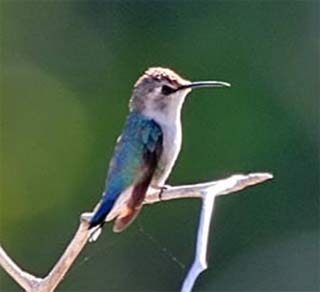Bee Hummingbird – Smallest Bird in the World
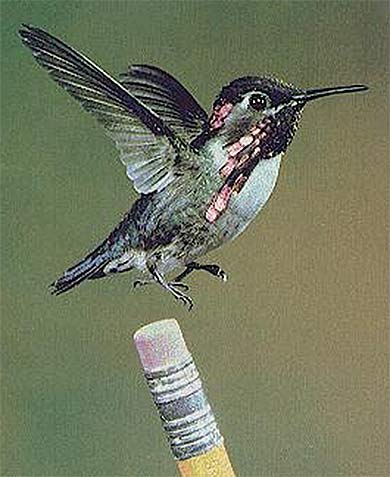
The bee hummingbird is the smallest extant bird species on the face of the earth – extant being the opposite of extinct, that is to say, there are no living species of birds in the world smaller than the bee hummingbird. Exactly how small do you have to be to earn that distinction? No larger than 2 and a half inches long at most, with many birds no bigger than 2 inches total. With weight in a range between 0.056 and 0.067 ounces (1.6-1.9 g), these small birds are easily mistaken for insects, and are in fact not much bigger than the honey-making bugs for which they are named. They are also blessed with bright iridescent coloring of red, blue and green.
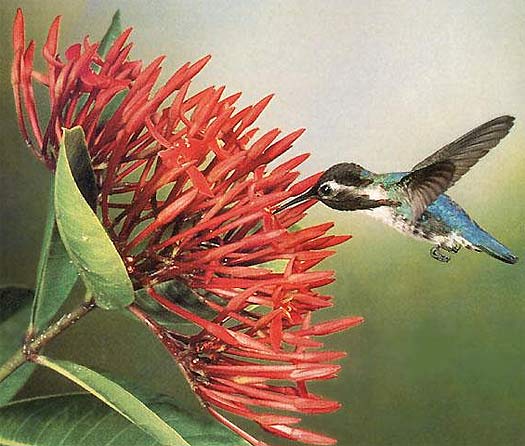
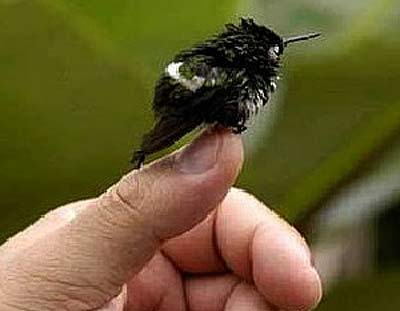
The IUCN, who monitors species populations world-wide has moved the bee hummingbird from its lowest warning level “least concerned” to the first elevated concern marker: “near threatened”. Living mostly in Cuba and some small surrounding islands, these tiny birds beat their wings an astonishing 80 times per second! The speed at which the bee hummingbird flaps its wings is so fast that the motion is imperceptible to the human eye, and in flight the bee hummingbird is barely more than a blur to onlookers. And that rapid, busy, wing-motion is in fact attached to a busy body (much like a busy bee). Fact: the bee hummingbird is a critical part of their local ecosystem – one bee hummingbird may help pollinate up to 1,500 flowers in a typical day of feeding. Their slender, long bill is well-suited for nectar sipping. They feed mostly on nectar but may be enticed to nibble on an insect or spider too.
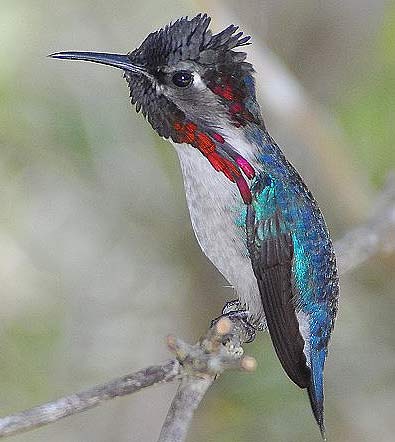
With tiny bodies comes tiny nests – a bee hummingbird’s domicile is made predominantly from lichen, bark and even little scraps of cobweb. Occupying no more than an inch of space, a nesting hummingbird lays eggs the size of a green pea. These tiny nests can be found in the smallest of places, including literally on the ends of clothespins.
